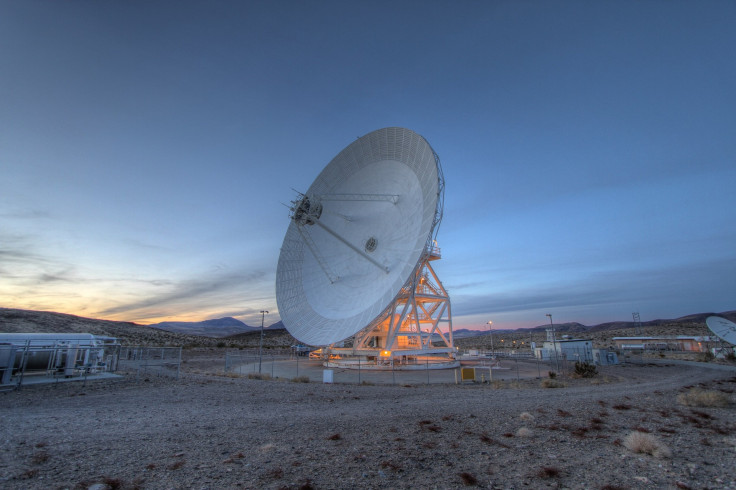NASA Tests Hubble Successor James Webb Space Telescope’s End-To-End Communication Systems

NASA announced Monday it had successfully tested the communications systems for its upcoming James Webb Space Telescope. It was the first time the system was tested end-to-end, having been tested only in bits and pieces previously.
The Webb telescope is the successor to the Hubble Space Telescope and the world’s most advanced space observatory. However, if it does not communicate fully with its ground stations after its October 2018 launch, all the data it gathers would be useless for our purposes. Which is why testing the communication systems of the spacecraft was vital.
In a statement, NASA said the test — formally called Ground Segment Test Number 1 (GSEG-1) — was completed June 20 and “showed successful end-to-end communication between the Webb telescope’s spacecraft bus, currently located at Northrop Grumman Aerospace Systems in Redondo Beach, California, and the telescope’s mission operations center at the Space Telescope Science Institute in Baltimore.”
Read: NASA Announces Possible Science Targets For James Webb Space Telescope
Scott Willoughby, Northrop Grumman vice president and program manager for the Webb telescope, said in the statement: “This is a great milestone not only for the telescope but for the industry team, who worked seamlessly together from coast to coast to successfully complete the GSEG-1. This test puts us one step closer in preparing for the Webb telescope for launch.”
The communication systems have two parts, one called the Space Network and the other Deep Space Network. In one test — of the SN which includes systems required for the launch phase of the telescope — the testers successfully exchanged data, commands and telemetry with the telescope using NASA’s Tracking and Data Relay Satellite network. In another test, the DSN — which includes communication systems needed from the end of the launch phase to the end of the mission — was tested.
“This was the first time all the different parts worked together at the same time, and this was the first time it was tested against the actual spacecraft flight hardware,” Alan Johns, ground segment and operations manager for the Webb telescope at NASA’s Goddard Space Flight Center in Greenbelt, Maryland, said in the statement.
The DSN includes three ground stations spread almost evenly among longitudes on Earth. Separated by approximately 120 degrees each longitudinally, they are located one each in Canberra, Australia; Madrid in Spain; and Goldstone, California. This is to ensure the space observatory will be able to keep in contact with at least one of the ground stations at all times. However, for GSEG-1, a specially designed trailer that passed off as the ground stations was used, and not one of the actual ground stations.
“DSN is our workhorse for the life of the mission. It got tested at every rate, every setting, and every possible permutation, and it worked just great,” Johns said,
About a month before it is launched from the launch site in Kourou, French Guinea, in the second half of 2018, the space observatory will have its communications systems tested again. Once launched, the Webb telescope will fly almost one million miles to its orbit at the second Lagrange point. First contact with the telescope will be possible only about three-and-a-half minutes after launch.
© Copyright IBTimes 2024. All rights reserved.




















